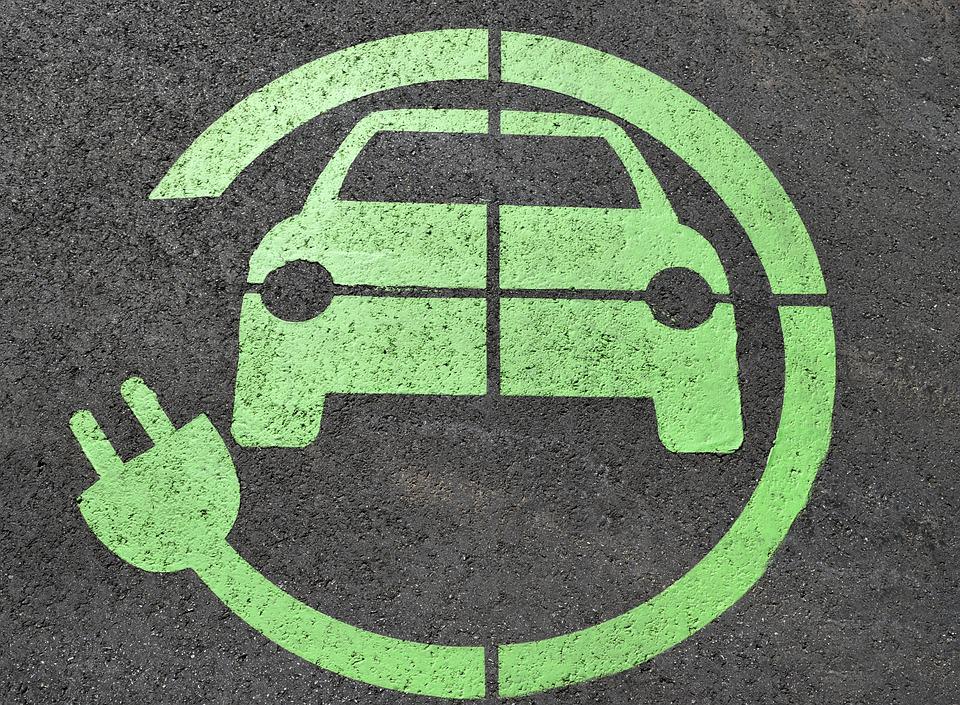As eCommerce demand for restaurant and grocery options rises, food and beverage (F&B) businesses are looking to boost capacity and meet more demand by expanding their fleets.
Mega-retailer Walmart, which brings in the majority of its U.S. revenue through its grocery business, announced Tuesday (July 12) the purchase of 4,500 electric vehicles for delivery, with the possibility of buying up to 10,000 such vehicles, from mobility company Canoo.
“We’re thrilled to continue diversifying our last mile delivery fleet with Canoo’s unique and sustainably focused all-electric technology, which will provide our associates with safe, ergonomic delivery vehicles,” David Guggina, senior vice president of innovation and automation at Walmart U.S., said in a statement.
“By continuing to expand our last mile delivery fleet in a sustainable way, we’re able to provide customers and Walmart+ members with even more access to same-day deliveries while keeping costs low,” Guggina added.
The release also noted that the vehicles could be used not only to meet eCommerce demand from Walmart customers but also to fulfill orders through the retailer’s Walmart GoLocal white-label delivery-as-a-service option.
The news comes as a range of players in food and beverage categories are looking to boost their fulfillment capabilities.
Take the example of Madison Heights, Michigan-based restaurant chain Hungry Howie’s Pizza, which has more than 550 locations across 22 states. Jim Murabito, the brand’s executive vice president of supply chain, explained to PYMNTS in an April interview that, in the face of driver shortages, the company has seen success adding in-house driver training programs as well as taking advantage of what “limited opportunity” there is to reduce the difficulty of warehouse and delivery jobs.
In the face of the delivery labor shortage, many businesses are turning not to human-driven vehicles but to robotic solutions. Take, for instance, the restaurant delivery aggregators. At the end of June, DoorDash filed a patent application for an “automated vehicle for autonomous last-mile deliveries.” The application includes mention of temperature-controlled chambers, navigation sensors, an automated locker system and more.
Earlier in the month, Grubhub announced that it is partnering with Cartken, a self-driving robotics company, to offer autonomous deliveries on college campuses. In May, Uber Eats launched two robotic delivery pilots in Los Angeles, one in partnership with driverless vehicle technology company Motional and the other with autonomous sidewalk delivery company Serve Robotics.
Restaurants are also cutting out the middleman and trying out robotic delivery without third-party aggregators. Brinker International, parent company of Chili’s Grill & Bar, Maggiano’s Little Italy and two virtual brands, has been partnering with robotics companies to trial delivery via drone and via sidewalk rover.
Additionally, grocers are not only building out their fulfillment capabilities through investments in their fleets but also through updates to their distribution centers. Major players ranging from Kroger to Albertsons have been leveraging automation-powered facilities to meet digital demand without taking up space and disrupting the flow of their brick-and-mortar stores.
Link: https://www.pymnts.com/news/delivery/2022/walmart-expanding-ev-fleet-as-fb-companies-seek-fulfillment-edge/
Source: https://www.pymnts.com
